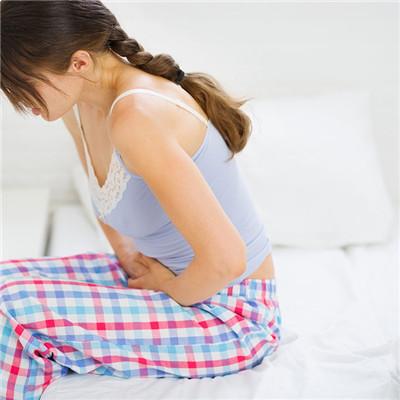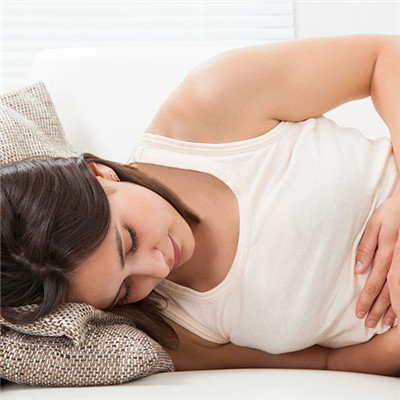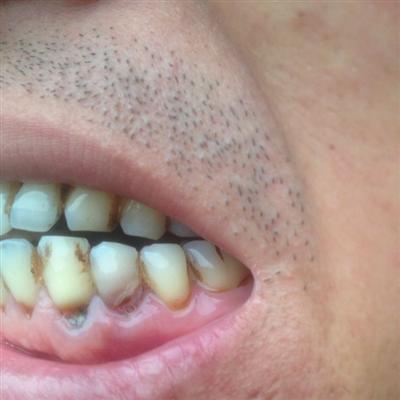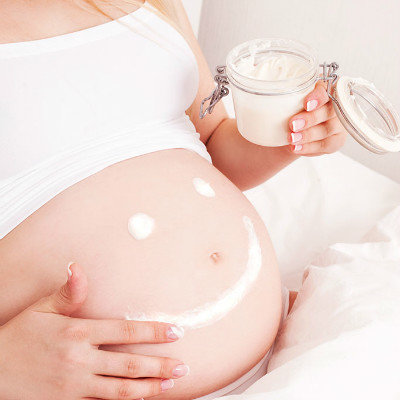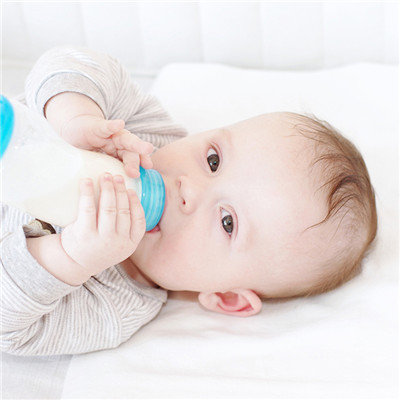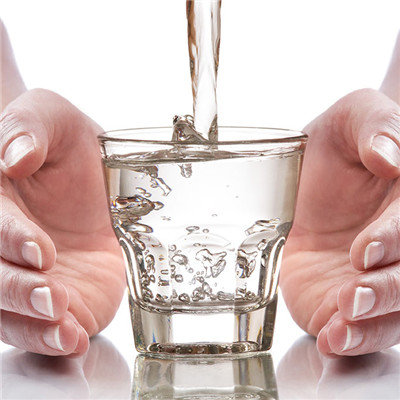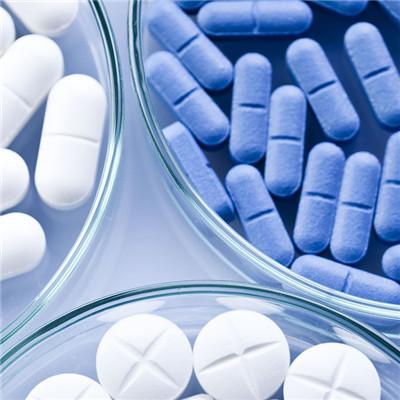Symptoms of diarrhea after autumn
summary
Different seasons have different characteristics of baby diarrhea. Different from summer diarrhea caused by bacterial infection, the symptoms and treatment of autumn diarrhea are special. Current studies have shown that rotavirus vaccine can reduce and prevent autumn diarrhea. Tell us about the symptoms of diarrhea after autumn.
Symptoms of diarrhea after autumn
Rotavirus infection mainly affects children under 5 years old, especially in infants aged 6 months to 3 years old. The incidence rate is generally the highest through the faecal oral route, and can also be caused by respiratory tract infection.
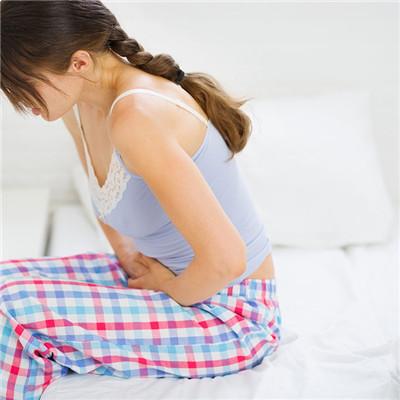
After the baby has autumn diarrhea, the main symptoms are fever and diarrhea. Some babies will initially vomit, and some babies will also have cough, runny nose and other cold symptoms. Diarrhea, the baby's stool frequency from a few times a day to a dozen times. Stool is watery stool or egg pattern stool, yellow green or milky white, with a small amount of mucus, no pus, no fishy smell.

Usually, the duration of fever and vomiting is about 2 days, diarrhea lasts about 3-5 days or a week, and a few can last as long as three weeks. Severe diarrhea in autumn can lead to dehydration and electrolyte balance disorder in the baby. If not treated in time, it may be very serious. In addition, there are also reports that individual cases of rotavirus infection will also affect other organs of the body.
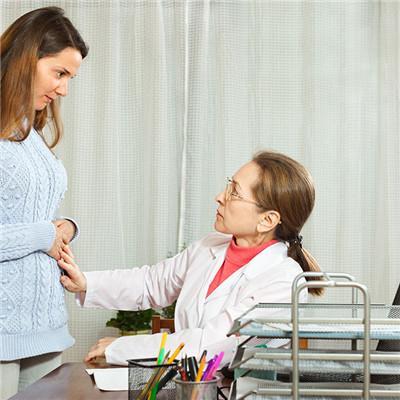
matters needing attention
Autumn diarrhea is highly infectious and easy to spread through daily human contact. At present, there is no effective prevention method. Due to the attention to personal and environmental hygiene, it is not very effective to prevent autumn diarrhea. Therefore, in addition to keeping babies away from other sick children and developing good health habits, it is best to vaccinate them with rotavirus vaccine (or "oral live rotavirus vaccine") in time.


